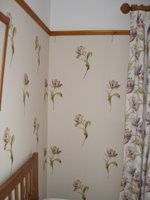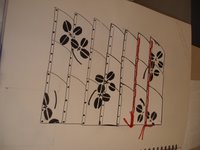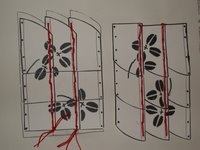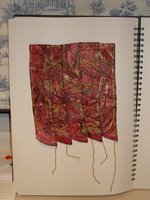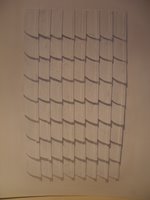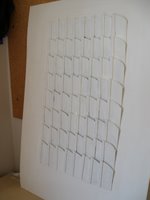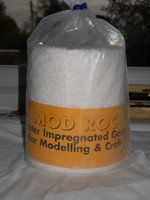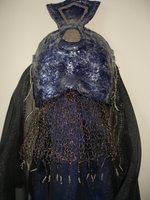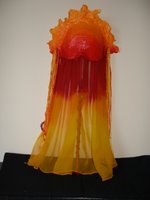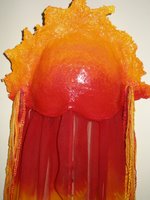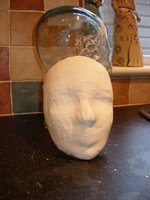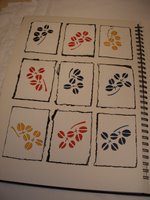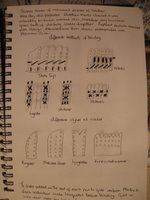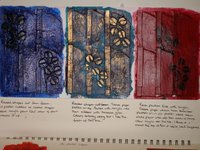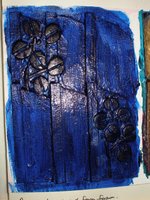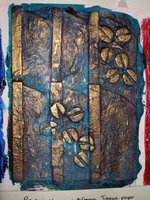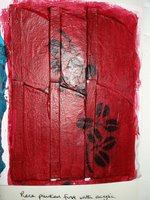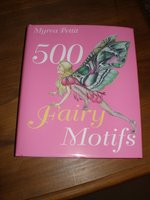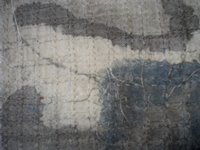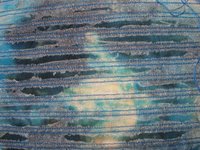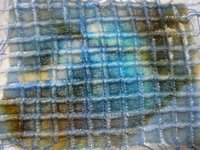 Another new book courtesy of Amazon - 'The Art of Embroidery' by Francoise Tellier-Loumagne.
Another new book courtesy of Amazon - 'The Art of Embroidery' by Francoise Tellier-Loumagne.There is a review in this months Stitch magazine of this book so I am going to 'borrow' a bit of their blurb.
'This is a breathtakingly beautiful book. The inspirational photographs and the work derived from them are stunning. Designs, worked in both hand and machine stitching are both sublimely simple – and simply sublime. A visual treat you’ll return to again and again; if I could only buy one book this year, this would be it’.
I certainly endorse everything they say and this also applies to her other book, pictured below, which I also happen to have in my collection titled ‘The Art of Knitting’.

I think these must be two of the most inspirational books I have bought this year.
Two more of my subscription magazines arrived this week.
The first..

I have subscribed to this magazine since issue 1. It went through a stage where it was a bit basic but most of the articles now tend to be much better. There is a really good one this month about melting Kunin felt – called ‘Meltdown’ by Wendy Cotterill and the ‘Wild Women’ pictured on the front are awesome. You can also read the full review of 'The Art of Embroidery' book.
The next one to pop through the letterbox was..
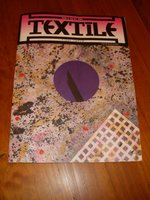
The content of this magazine is always really good. There are always so many inspirational colour photographs. I would just love to go to one of the forums they advertise.
A few posts ago I mentioned this book:

Breakdown Printing by Claire Benn and Leslie Morgan which I bought at Ally Pally.
Well, having a sort out at the weekend I discovered I actually have two copies of this book! (Unfortunately, this isn’t the first time this has happened)
Anyone as it’s coming up to the festive season, and I am feeling very generous, the first person to get in touch – it’s yours!
This was waiting for me when I got home from work.
Another brilliant magazine.
Haven't even looked inside yet, but I can tell from the front cover it's going to be a really good one again!






